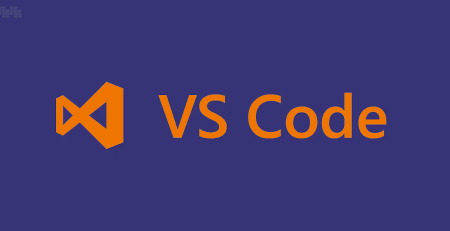C# Keywords Tutorial Part 78: stackalloc
C# is a contemporary object-oriented programming language that is widely employed in creating various applications. One of its beneficial features is the ability to allocate memory on the stack with the use of the stackalloc keyword. This allows for quicker memory allocation and deallocation than the standard heap allocation methods. In this article, we’ll investigate the stackalloc keyword in C# and provide some instances of its application.
What exactly is stackalloc? Memory in C# can be allocated on either the heap or the stack. Heap allocation is slower since it necessitates the operating system to look for a contiguous block of memory. In contrast, stack allocation is quicker because the operating system does not need to look for a contiguous block of memory. The stackalloc keyword allows us to allocate memory on the stack.
The stackalloc keyword is used to allocate a block of memory on the stack. The syntax for using stackalloc is as follows:
int* array = stackalloc int[length];
In this example, array is a pointer to the beginning of a block of memory that is length elements long, with each element being an integer.
Examples Here are some examples of how stackalloc can be used:
Example 1: Summing an array
int[] arr = new int[1000];
int sum = 0;
for (int i = 0; i < arr.Length; i++)
{
arr[i] = i;
sum += arr[i];
}In this example, we create an array of 1000 integers and fill it with values. We then loop through the array and sum the values. This code works fine, but it could be improved by using stackalloc:
int* arr = stackalloc int[1000];
int sum = 0;
for (int i = 0; i < 1000; i++)
{
arr[i] = i;
sum += arr[i];
}In this example, we allocate the memory for the array on the stack using stackalloc. We then fill the array and sum the values as before. This code should be faster than the previous code because the memory allocation and deallocation is faster.
Example 2: Reversing a string
string str = "hello"; char[] arr = str.ToCharArray(); Array.Reverse(arr); string reversed = new string(arr);
In this example, we create a string and convert it to a character array. We then reverse the array and create a new string from it. This code works fine, but it could be improved by using stackalloc:
string str = "hello";
char* arr = stackalloc char[str.Length];
for (int i = 0; i < str.Length; i++)
{
arr[i] = str[i];
}
for (int i = 0; i < str.Length / 2; i++)
{
char temp = arr[i];
arr[i] = arr[str.Length - i - 1];
arr[str.Length - i - 1] = temp;
}
string reversed = new string(arr, 0, str.Length);In this example, we allocate memory for the character array on the stack using stackalloc. We then copy the characters from the string to the array. We then reverse the array by swapping the first and last elements, the second and second-to-last elements, and so on. Finally, we create a new string from the reversed character array.










Leave a Reply